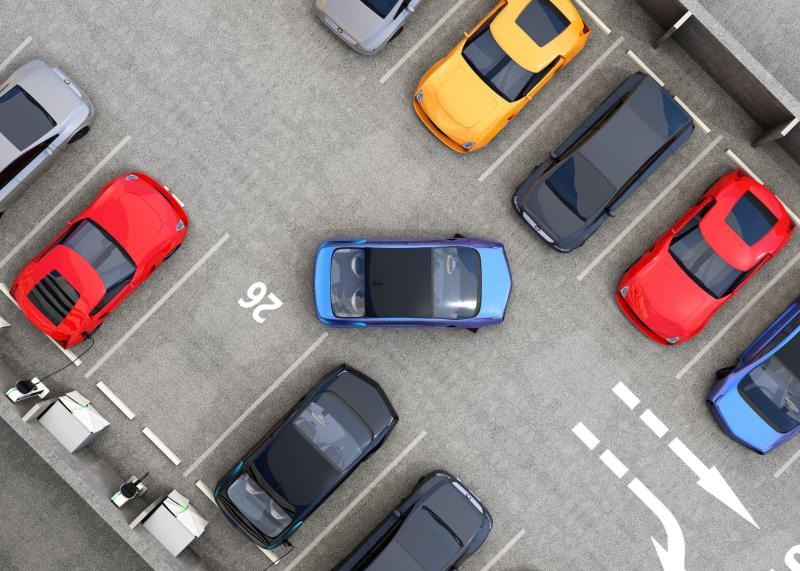Security in today’s world relies heavily on the ability to identify individuals who may pose a threat before they act. One of the key tools in this effort is the FBI Watch List, a database maintained by the Federal Bureau of Investigation. When combined with global watch list screening, it becomes part of a powerful system designed to protect communities, prevent crime, and strengthen national and international security measures.
Understanding the FBI Watch List
The FBI Watch List contains the names and identifying details of individuals who are suspected of being involved in criminal or terrorist activities. It is important to note that being on the list does not always mean that a person has been convicted of a crime. In many cases, individuals are included because they are under investigation or are believed to have connections to dangerous organizations or illegal operations.
Within this broader system is the FBI terrorist watch list, which focuses specifically on individuals suspected of terrorism. This section is one of the most sensitive and closely monitored databases in the United States. It is used to identify and track people who might be planning or supporting terrorist activities. Law enforcement agencies, border control authorities, and even international security partners rely on this list to coordinate their efforts.
How Watchlist Screening Works
Watchlist screening is the process of comparing personal information, such as a name, date of birth, passport number, or other identifiers, against official watchlists. The FBI watchlist is often integrated into broader screening systems, ensuring that individuals flagged in the United States are also detected in other countries.
Screening can happen in different settings. In air travel, passenger details are checked against the watchlist before boarding to prevent high-risk individuals from flying. In the banking sector, financial institutions use watchlist screening to comply with anti-money laundering regulations and to detect individuals who may be involved in illegal financial activity. At borders and immigration checkpoints, screening helps officers prevent individuals on the FBI terrorist watch list from entering or leaving a country undetected.
The Role of Global Watch List Screening
While the FBI watch list search is a crucial U.S.-based tool, modern security challenges extend beyond national borders. Global watch list screening brings together data from multiple international sources to create a more comprehensive picture of potential threats. This includes databases maintained by organizations such as Interpol, the United Nations, and foreign governments.
The benefit of global watch list screening is that it allows countries to share security intelligence in real time. If a person is flagged in one country, their details can be matched against other nations’ systems almost instantly. This international cooperation is essential in addressing crimes like terrorism, human trafficking, and organized crime, which often operate across borders.
The Importance of the FBI Terrorist Watch List
The FBI terrorist watch list is one of the most important components of the United States’ counterterrorism strategy. It is designed to identify and monitor individuals suspected of involvement in terrorist activities, whether they are operating inside the U.S. or abroad. Information from this list is shared with law enforcement agencies, security services, and international partners, enabling coordinated responses to potential threats.
This watchlist has proven valuable in stopping individuals before they can carry out attacks. It also serves as an investigative tool, helping authorities connect suspects to larger networks and uncover plans that might otherwise go undetected.
Challenges and Concerns with Watchlist Screening
Although watchlist screening is essential for security, it is not without its challenges. One concern is the possibility of false positives, where an innocent person is mistakenly flagged because they share a name or other details with someone on the list. These errors can lead to travel delays, financial account freezes, or unnecessary questioning by authorities.
Another issue is transparency. Because of the sensitive nature of the FBI watch list, information about why someone is listed is not always available to the public. This lack of openness can make it difficult for individuals to understand or challenge their inclusion on the list.
Additionally, appealing a watchlist designation can be a complex process. While there are legal pathways to dispute a listing, they often require significant time and resources. Policymakers and civil rights groups continue to debate how to balance the need for strong security measures with the protection of individual rights and freedoms.
The Future of Watchlist Screening
Technology is changing the way watchlist screening works. Artificial intelligence and machine learning are being integrated into screening systems to make them faster, more accurate, and more capable of detecting subtle connections between individuals and high-risk activities. The use of biometric data, such as facial recognition and fingerprint scanning, is also making it harder for individuals to evade detection by using false identities.
In the future, the integration of the FBI watchlist with global watch list screening systems will likely become even more seamless. This will improve international cooperation and enhance the ability to respond quickly to emerging threats.
Final Thoughts
From the FBI watch list to global watch list screening, these systems form a critical part of modern security infrastructure. The FBI terrorist watch list plays a vital role in preventing terrorism, while broader screening systems ensure that dangerous individuals cannot easily cross borders or exploit financial systems.
Despite challenges related to accuracy and privacy, watchlist screening remains one of the most effective tools for protecting both national and global security. As technology continues to advance, these systems will only become more capable, ensuring that potential threats are detected and addressed before they can cause harm.



















































Leave a Reply